Environmental reports related to labels
At present, some third-party testing institutions on the market mainly include: CCIC, CTI, SGS, Intertek, CTC, Rainbow Testing, Shenzhen Huatongwei Testing, etc
PET category: REACH, ROHS, halogen, TSCA, TPCH, etc
Synthetic paper: REACH, ROHS, halogen
PVC category: REACH, ROHS (note: PVC is originally a halogen containing product)
PC category: REACH, ROHS, halogen
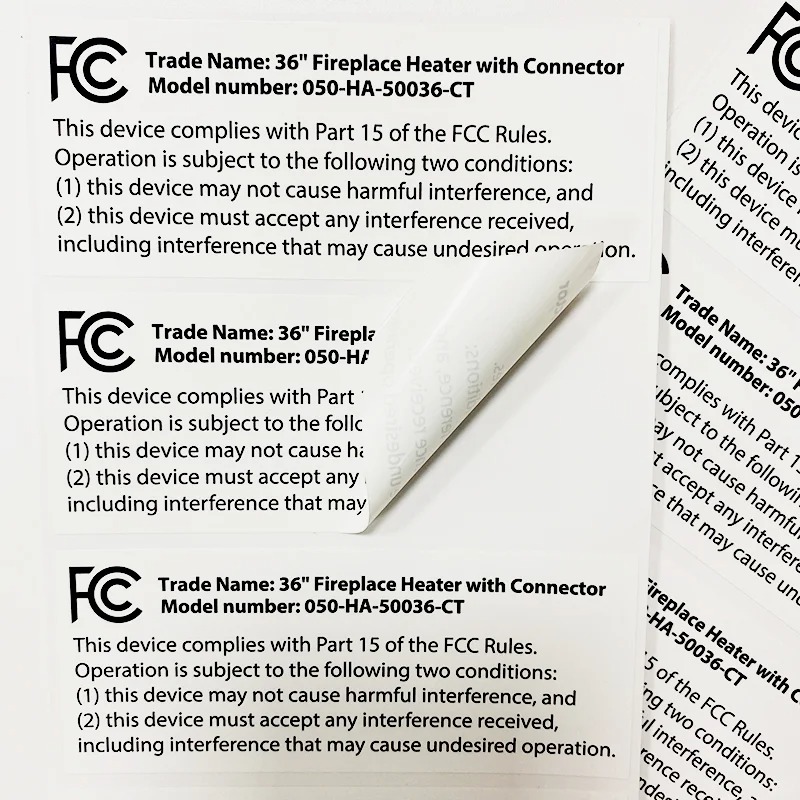
What are the issues to pay attention to the adhesion performance and stability of adhesive labels?
To ensure the adhesion and stability of adhesive labels, high-quality adhesive labels should be selected. High quality adhesive label materials can ensure stable adhesion and durability, and are less prone to warping, falling, and other issues during use.
In summary, in order to make the adhesive labels stick firmly and not curl, it is necessary to pay attention to selecting suitable adhesive materials, cleaning the surface, controlling the adhesive temperature and humidity, using the correct adhesive method, and choosing high-quality adhesive labels. Through effective practice of the above methods, it is possible to further enhance the effectiveness of self-adhesive labels while ensuring that they are firmly adhered and not warped. Specifically, the following measures can be taken:
1. Strengthen the adhesion between the label and the substrate
In some cases, even if the adhesive label itself has good adhesion performance, it may still have problems such as warping and falling off in specific environments. At this point, special adhesives or coating agents can be considered to strengthen the bond between the label and the substrate. This method can effectively improve the durability and stability of labels.
2. Appropriately increase the label area
If you need to make the adhesive label adhere more firmly to the substrate, you can also consider increasing the area of the label appropriately. Increasing the area of the label can not only improve the contact area between the label and the substrate, but also disperse the force, reduce local stress, and effectively avoid problems such as label lifting and falling.
3. Choose a professional adhesive label manufacturer
Finally, to ensure the quality and stability of adhesive labels, it is recommended to choose a professional adhesive label manufacturer for customized production. High quality adhesive label manufacturers can not only provide high-quality raw materials and advanced production processes, but also customize personalized labels according to customers' actual needs to ensure the adhesion performance and stability of the labels.
I always hear about adhesive labels, what exactly is it?
Labels are printed materials used to indicate the relevant instructions of a product. Some have adhesive on the back, but there are also some printed materials that do not have adhesive. Adhesive labels are commonly known as "self-adhesive labels".
In the 1930s, self-adhesive label materials were first used abroad because the demand for this unique composite material continued to develop, leading to the gradual transformation of self-adhesive labels into a separate printing industry. More and more companies around the world specialize in self-adhesive label printing.
In recent years, the printing industry in China has shown unprecedented development trends in terms of production scale, technological strength, and sales market space, which has promoted the development of adhesive labels and achieved unprecedented levels.
Adhesive label is a type of material, also known as self-adhesive label material. It is a composite material made of paper, film, or other special materials as the fabric, with adhesive coated on the back and silicon coated protective paper as the base paper. Adhesive labels are a general term for materials with such characteristics. According to the application substrate, it is often divided into copperplate paper, adhesive material, fragile paper, thermal printing paper, PET adhesive, PP adhesive, PVC adhesive, etc. And after packaging printing, film cutting and other production processes, it becomes a finished product label.
Adhesive labels have advantages over traditional labels, such as no need for glue, no need for batter, no need to get wet, zero pollution, and saving label time. They have a wide coverage and are time-saving and labor-saving.
Do you want to know if the cost of such a convenient and efficient thing is high? Because each user has different actual standards when customizing self-adhesive labels, there are also many factors that affect the price of self-adhesive labels, such as size, material packaging printing difficulty, whether they are covered with protective film, etc. Therefore, the pricing of self-adhesive labels is not fixed.
Overview of Adhesive Labels
Adhesive label refers to a composite material made of paper, film or other special materials as the surface material, with adhesive coated on the back and silicon coated protective paper as the base paper. There are many types of adhesive label materials, usually divided into paper, film, and other types based on the surface material. The choice of material depends on the printing processing technology and the final application scenario. Common paper labels include copperplate paper, thermal paper, and double adhesive paper, while film labels commonly use PE, PP, PET, and other film materials. Thin film materials exhibit excellent performance in terms of tear resistance, softness, weather resistance, ductility, transparency, and moisture resistance, and are widely used in fields such as daily chemical, electronics, beverages, and food; From the appearance, commonly used PE, PP, and PET materials all have white, transparent, and silver appearances, which are easy to confuse. Today, let's talk about how to distinguish film surface materials and how to choose suitable materials.
Choosing the right adhesive label is the most important!
Adhesive labels are an important reflection of a company's image and brand, playing a crucial role in showcasing product quality and arousing consumer purchasing desire.
Adhesive labels, also known as self-adhesive label materials, have advantages over traditional paper labels such as no need to brush glue, paste, dip in water, no pollution, and save labeling time. They have a wide range of applications and are convenient and fast.
The structure of self-adhesive materials consists of three parts, namely "surface material, adhesive, and base paper" - a composite material made of paper, film, or other special materials as the fabric, with adhesive coated on the back and silicon coated protective paper as the base paper. After printing, die-cutting, and other processing, it becomes a finished label with a wide range of applications and convenient and fast features.
Nowadays, with people's pursuit of product and service quality, the material and design of adhesive labels are becoming increasingly exquisite. They are no longer simply a carrier of information, and sometimes you may even think of them as works of art.
We offer comprehensive technical support, including free professional labeling solutions, advice on label materials and adhesive selection, as well as online/offline assistance from professional software and hardware engineers. Service email: andy@ownlikes.cn. In pre-sales, we leverage our extensive experience in specialty labeling projects to provide clients with the most suitable hardware solutions. Additionally, all our label barcode printers and scanners come with a three-year free warranty, demonstrating our confidence in our products.


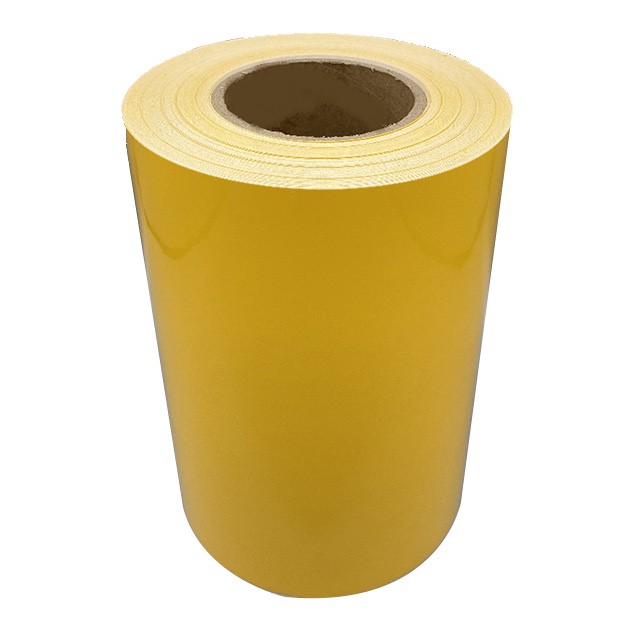
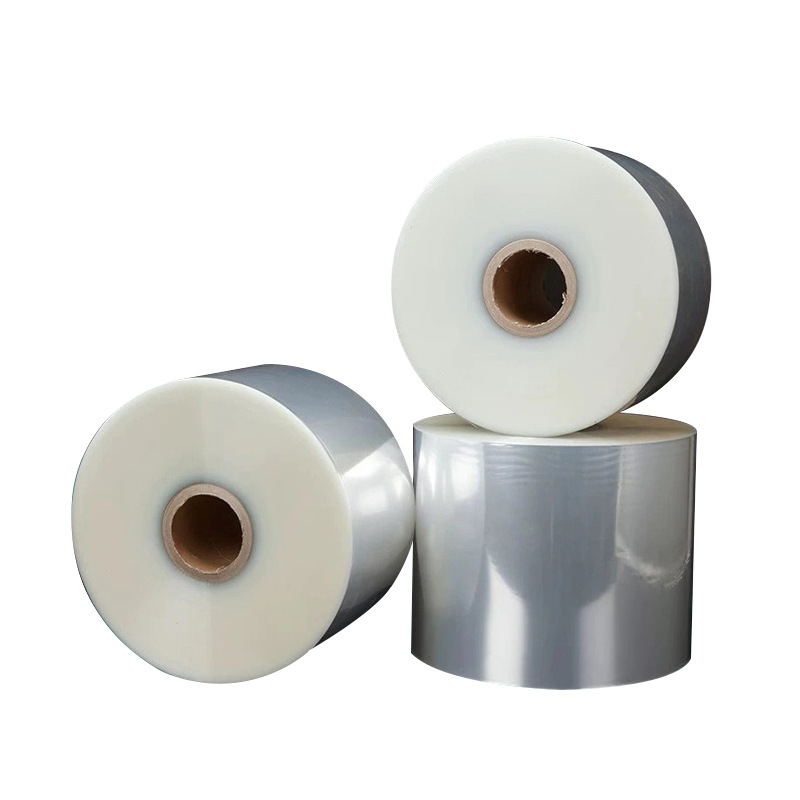
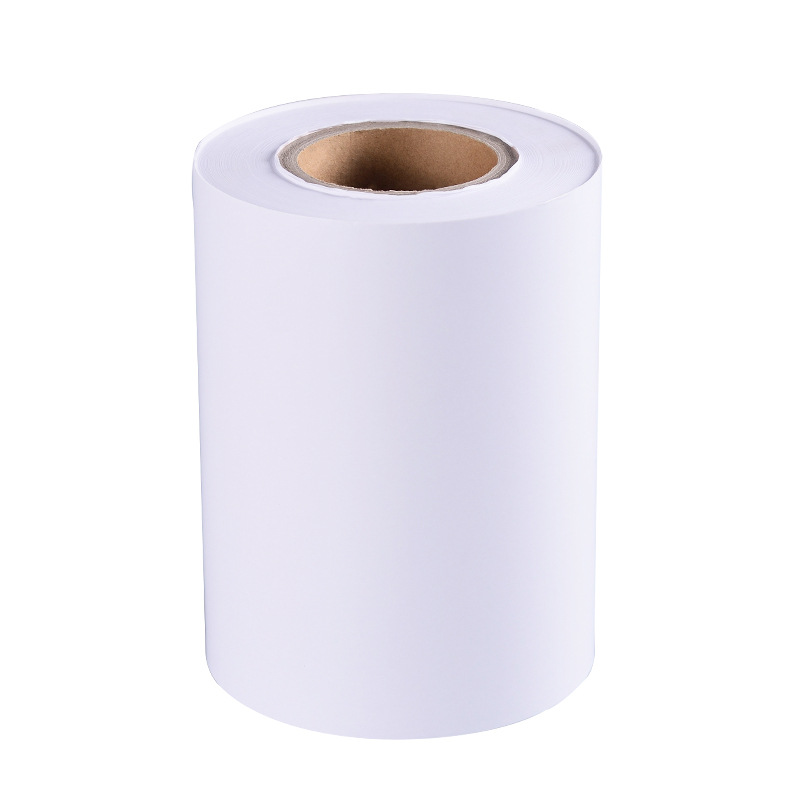
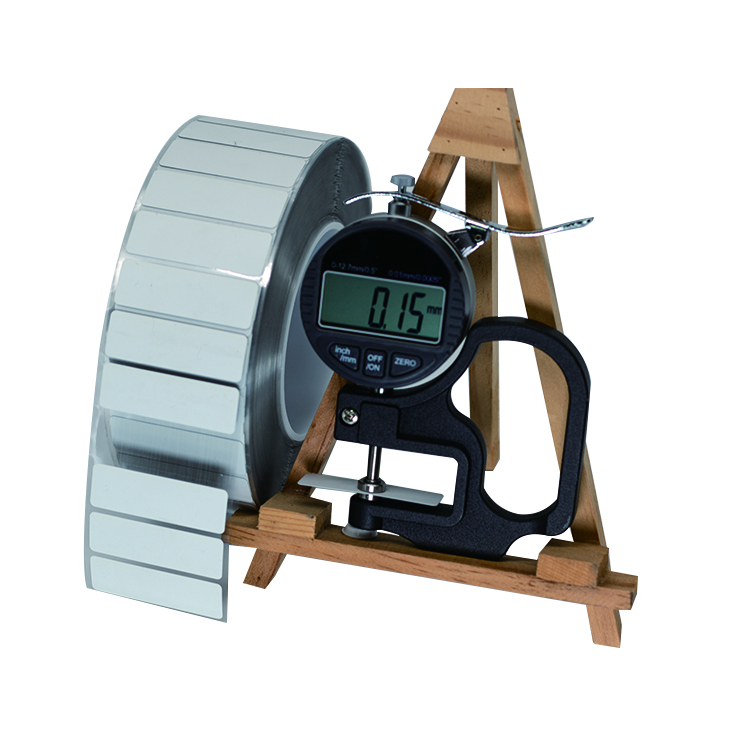
This site is protected by reCAPTCHA and the Google Privacy Policy and Terms of Service apply.